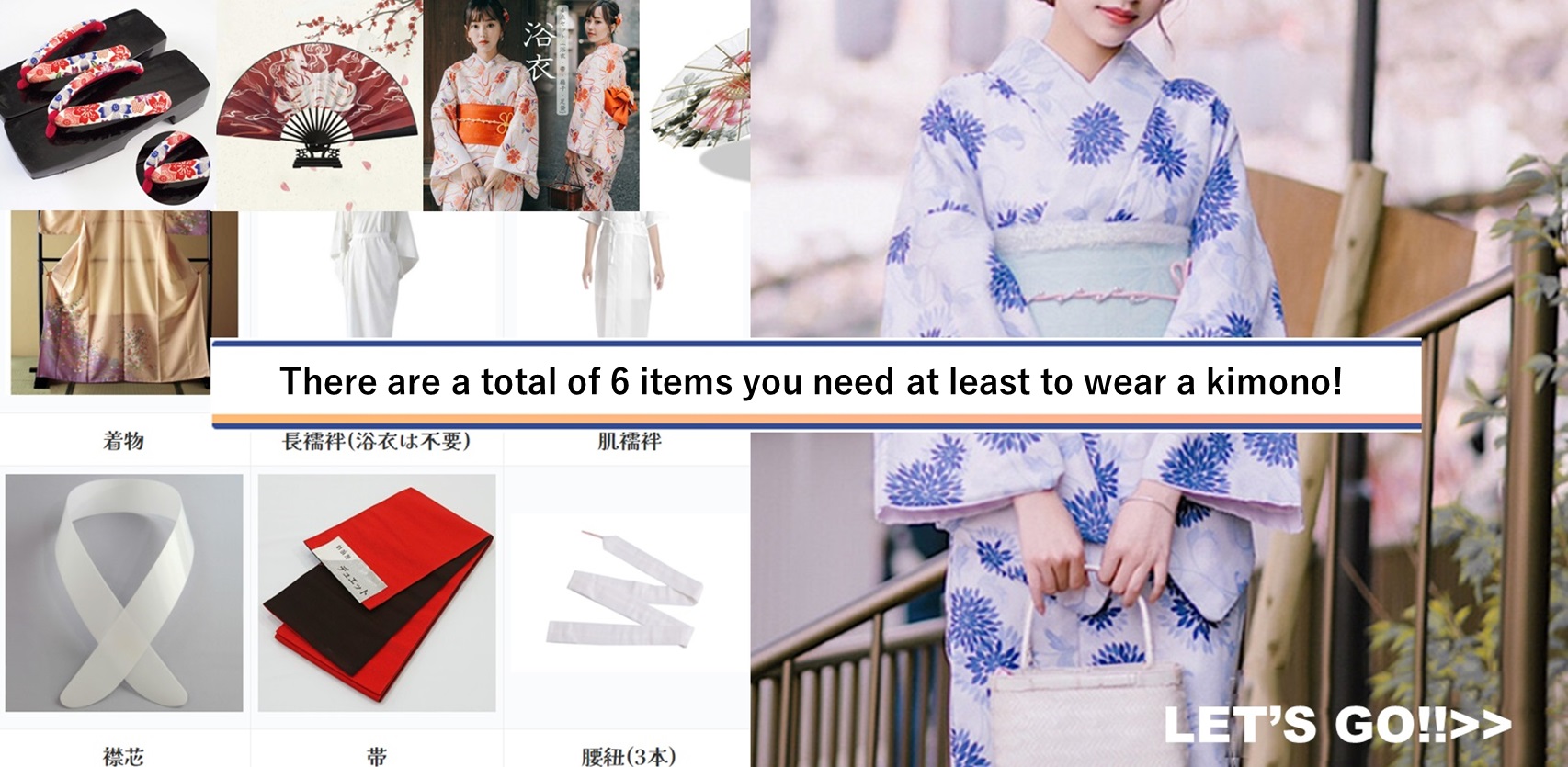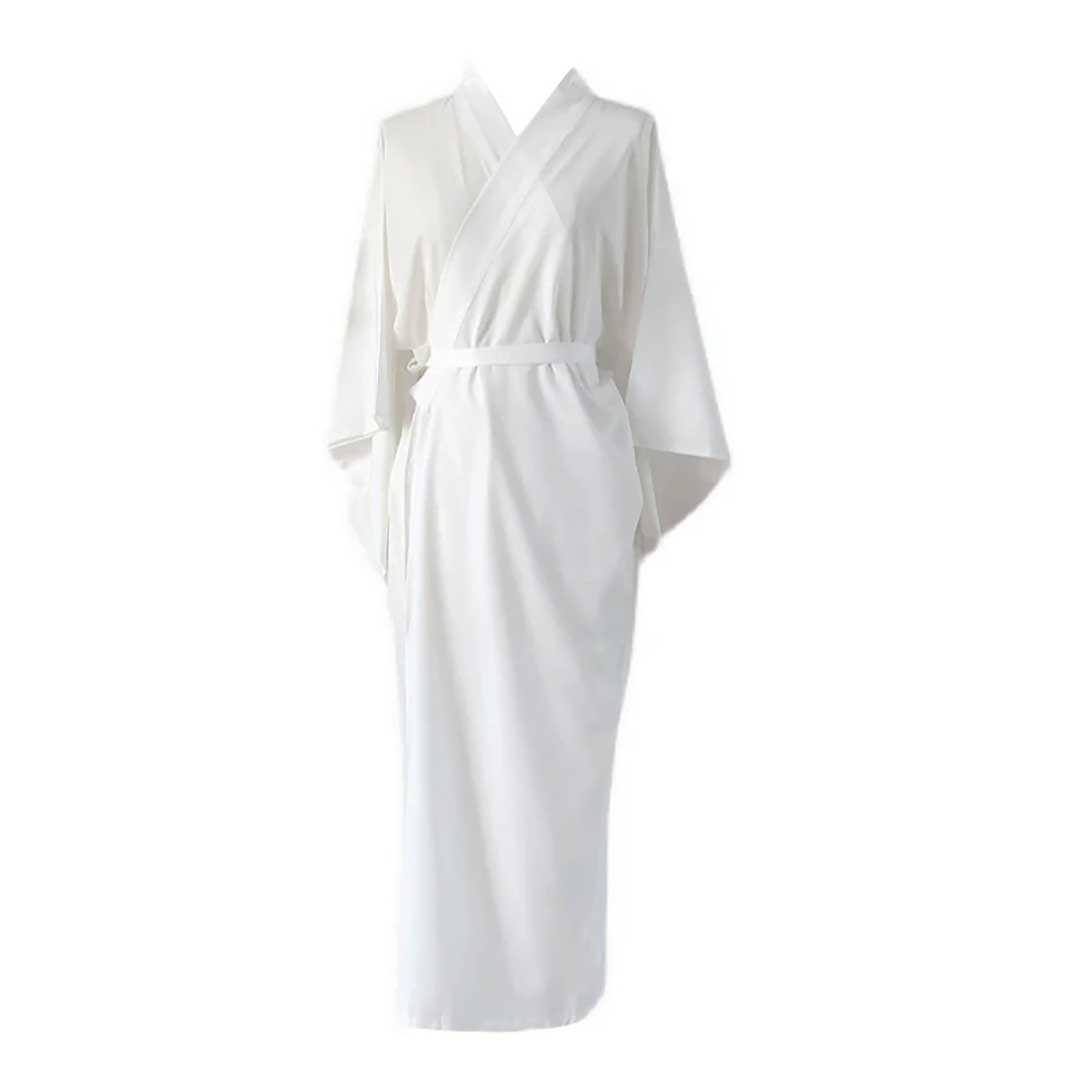On this page, we will explain the necessary and useful items for wearing a kimono.
I want to try wearing yukata and other kimono myself! A must-see for those who want to buy a kimono but don’t know what else to buy!
We will introduce all the items that are essential for dressing, as well as items that are convenient and fashionable to have!
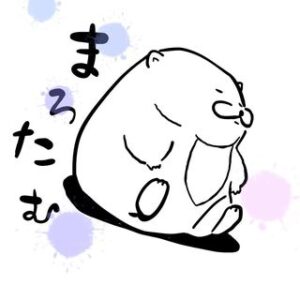
Coordination with kimono and clothes is also cute and popular!
Let’s deepen our understanding of kimono!
This page also introduces how to wear a kimono, so please refer to it.
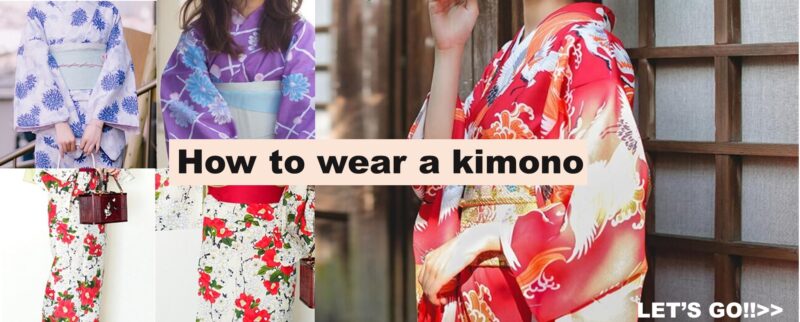
-
![Adult yukata single item floral pattern black stripe gray sweet and cute summer kimono[Dedicated page for shipping outside of Japan]](https://rond100.com/wp-content/uploads/2023/07/9270d88f0c97a1fd0e6c6b46ed249d35-300x300.jpg)
Adult yukata single item floral pattern black stripe gray sweet and cute summer kimono[Dedicated page for shipping outside of Japan]
¥9,880Adult yukata single item floral pattern black stripe gray sweet and cute summer kimono[Dedicated page for shipping outside of Japan]
■This product is exclusively for shipping outside of Japan■
◆Payment can be made in JPY/USD/EUR.¥9,880 -
![Adult yukata single item floral pattern lily navy blue sweet and cute summer kimono[Dedicated page for shipping outside of Japan]](https://rond100.com/wp-content/uploads/2023/07/1f390a5ae6641266bf2736c8c37a7458-300x300.jpg)
Adult yukata single item floral pattern lily navy blue sweet and cute summer kimono[Dedicated page for shipping outside of Japan]
¥6,650Adult yukata single item floral pattern lily navy blue sweet and cute summer kimono[Dedicated page for shipping outside of Japan]
■This product is exclusively for shipping outside of Japan■
◆Payment can be made in JPY/USD/EUR.Size: Length 163cm Sleeve length 67cm Sleeve length: 49cm
Material: 100% cotton
◆This product is a yukata only. *The obi and sandals in the image are not included. Please purchase the obi and zori separately and enjoy coordinating it.¥6,650 -
![For summer festivals and fireworks displays! Hydrangea pattern free size kimono yukata (bonus included)[Dedicated page for shipping outside of Japan]](https://rond100.com/wp-content/uploads/2024/01/2ba52f08d1109cdf7d1883ea43b940de-300x300.jpg)
For summer festivals and fireworks displays! Hydrangea pattern free size kimono yukata (bonus included)[Dedicated page for shipping outside of Japan]
¥5,480For summer festivals and fireworks displays! Hydrangea pattern free size kimono yukata (bonus included)[Dedicated page for shipping outside of Japan]
■Size: Free size
Length: around 130cm
Sleeve width: around 40cm
Sleeve length: around 46cm
Width: Approximately 55cm (Since it is sewn with no focus on the back, information is given as “without sleeve length” and “width”)
■Material: 70% polyester, 30% cotton¥5,480 -
![Japanese kimono★Yukata 4-piece set for adults Obi and obijime set! green free size[Dedicated page for shipping outside of Japan]](https://rond100.com/wp-content/uploads/2023/07/yukata0-1-300x300.png)
Japanese kimono★Yukata 4-piece set for adults Obi and obijime set! green free size[Dedicated page for shipping outside of Japan]
¥15,372Japanese kimono★Yukata 4-piece set for adults Obi and obijime set! green free size[Dedicated page for shipping outside of Japan]
■This product is exclusively for shipping outside of Japan■
◆Payment can be made in JPY/USD/EUR.
Kimono (Yukata), Obi, Making Obi, Obijime, 4-piece set!¥15,372
There are at least 6 items you need to wear a kimono!
These are the minimum 6 items you need to start dressing!
Click on the image for detailed explanation ▼ Explained at the bottom of the page★
Convenient to have! Items that make it easier and more beautiful to wear a kimono
If you want to make dressing easy and look neat and beautiful, these 4 items are a must-see!
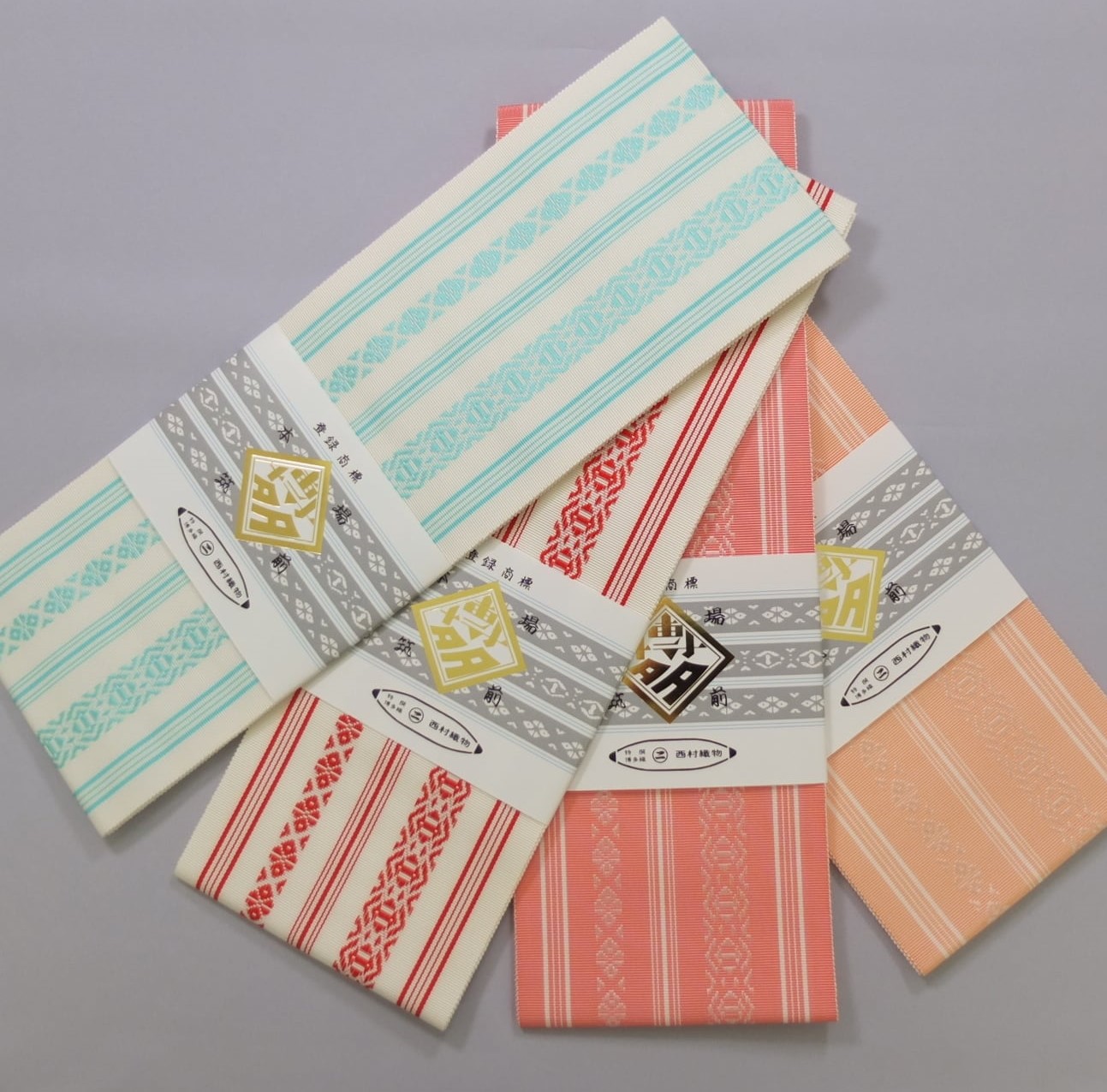 | 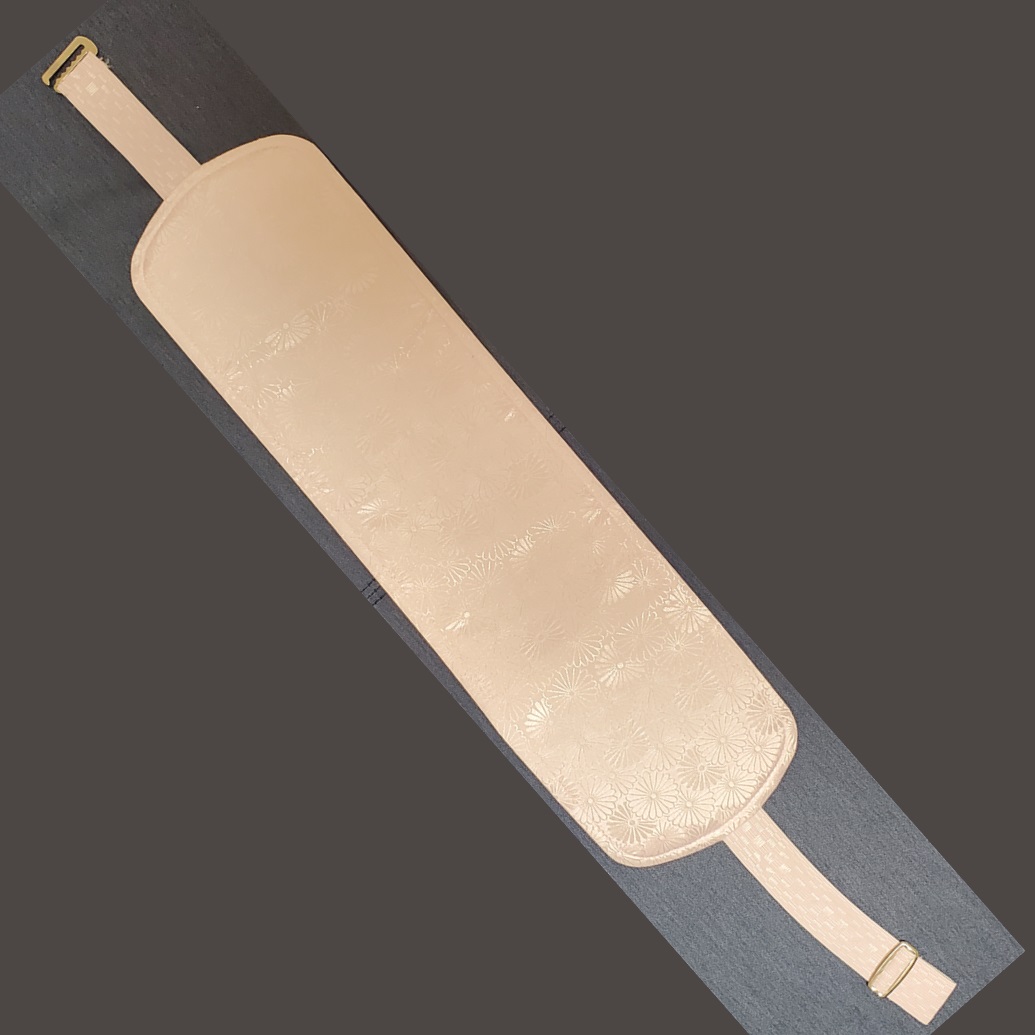 | 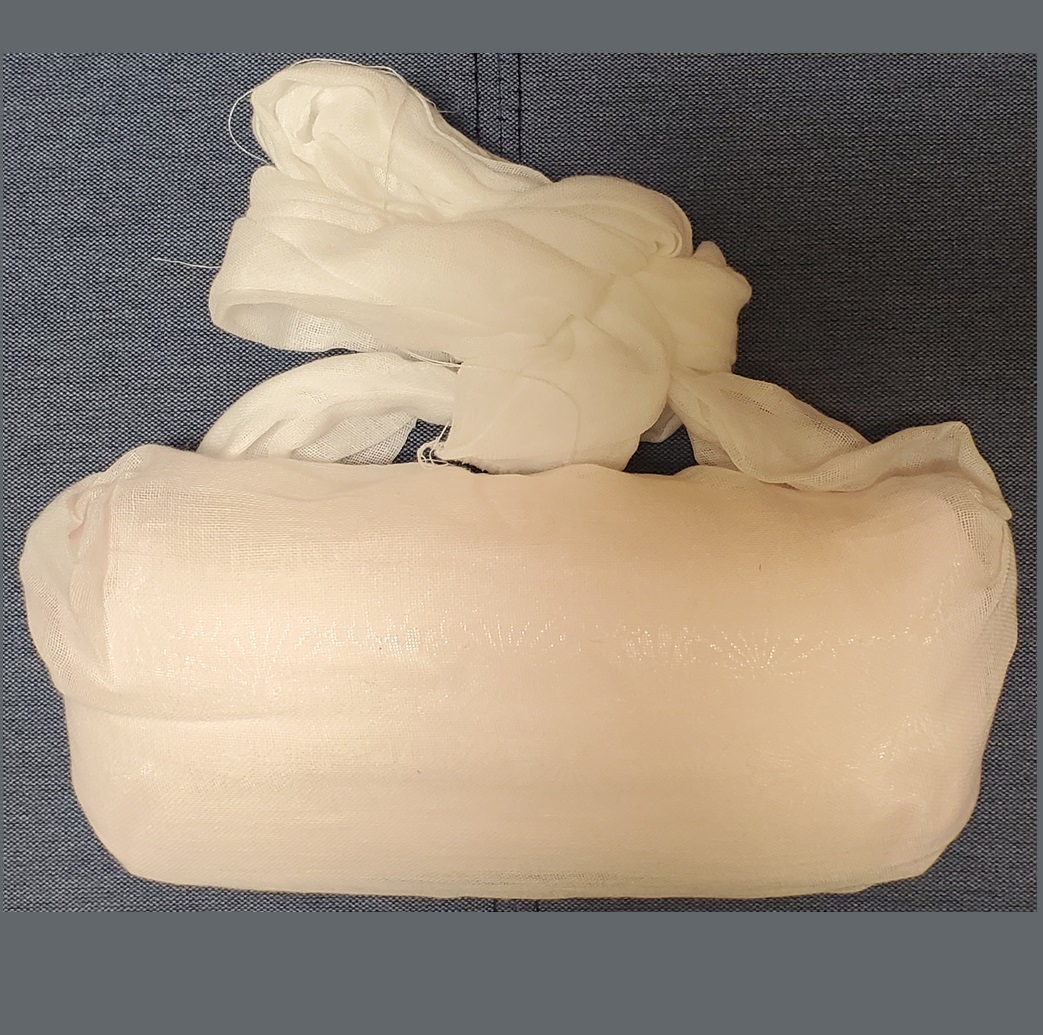 | 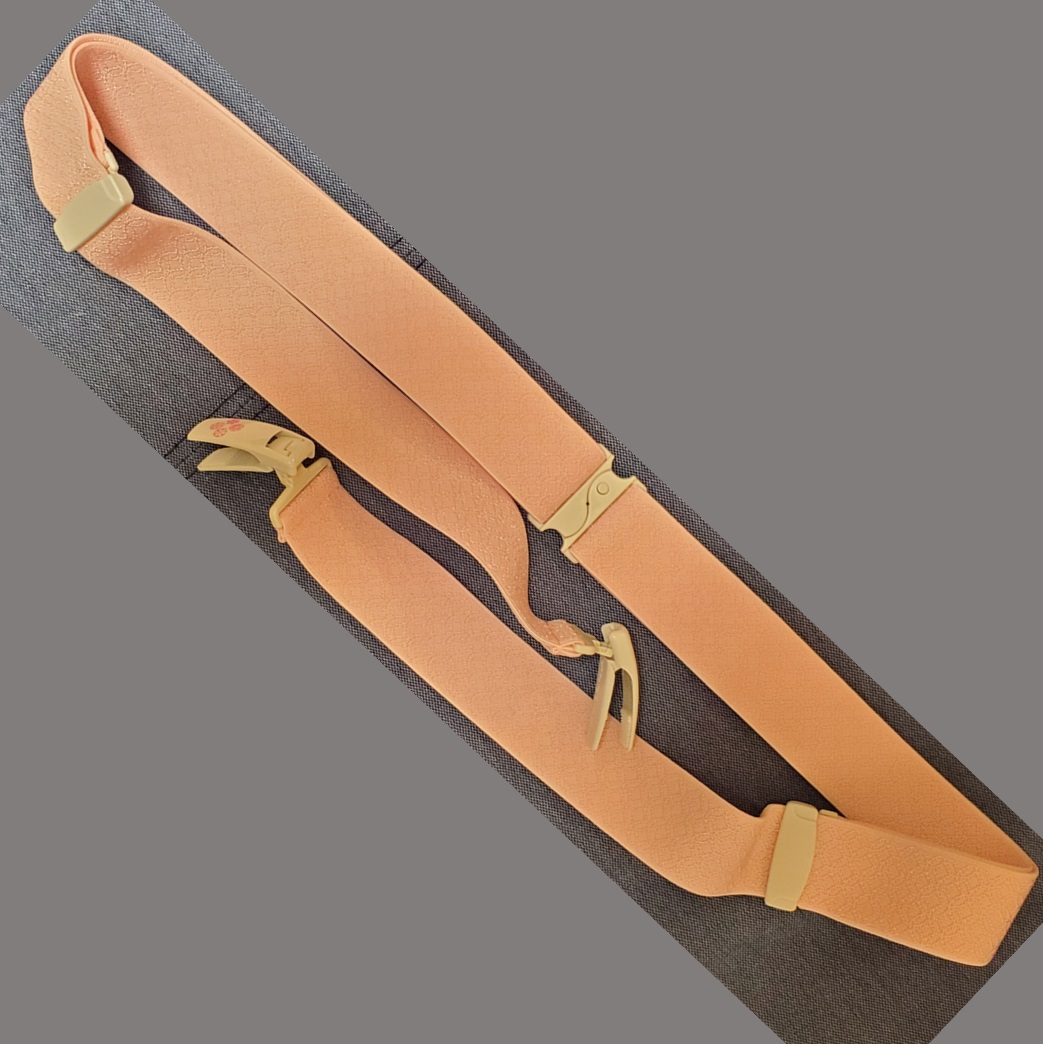 |
| Datejime | Obiita | Obimakura | kolin belt |
More beautiful! Stylish items that make your kimono look beautiful
For those who want to make their kimono look more beautiful and express their individuality, these four items are for you!
Although it is not required for dressing itself, it is an item that you will want to incorporate to take your outfit to the next level★
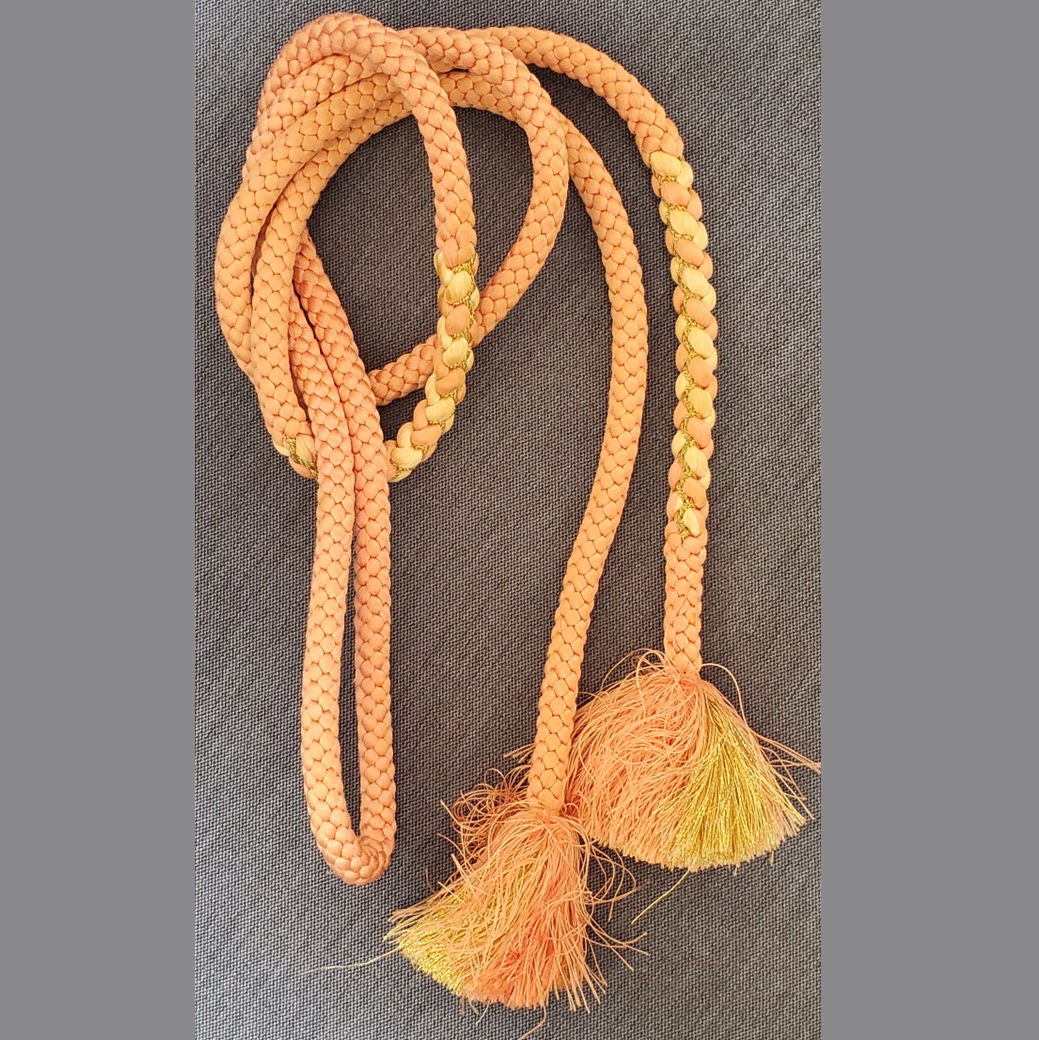 | 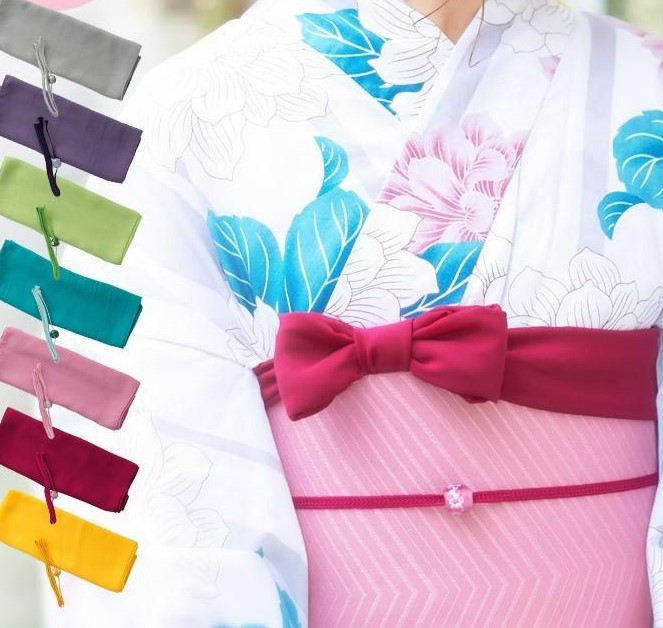 | 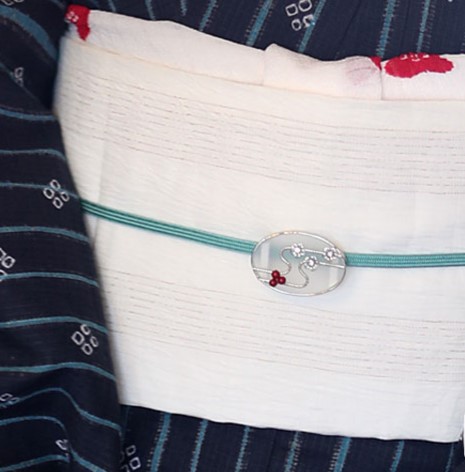 | 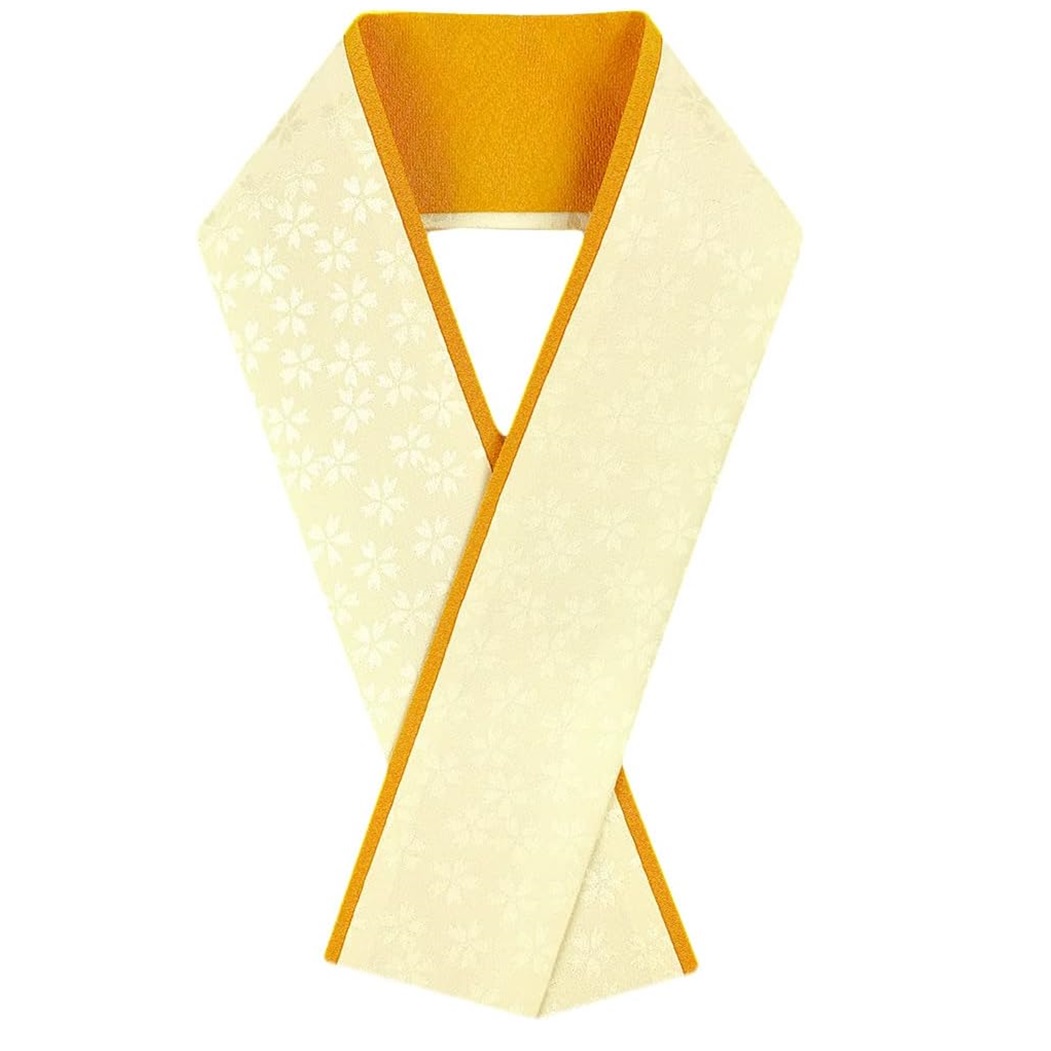 |
| Obijime | Obiage | Obidome | kasaneeri,Tsukeeri |
This is perfect for Japanese clothing! If you want to wear a kimono, you’ll want to have items that look great on you
If you’re going to wear a kimono, you’ll want to have your personal items in a “Japanese” style.
This item is a must-have item to enhance the Japanese atmosphere!
Detailed explanation of each item
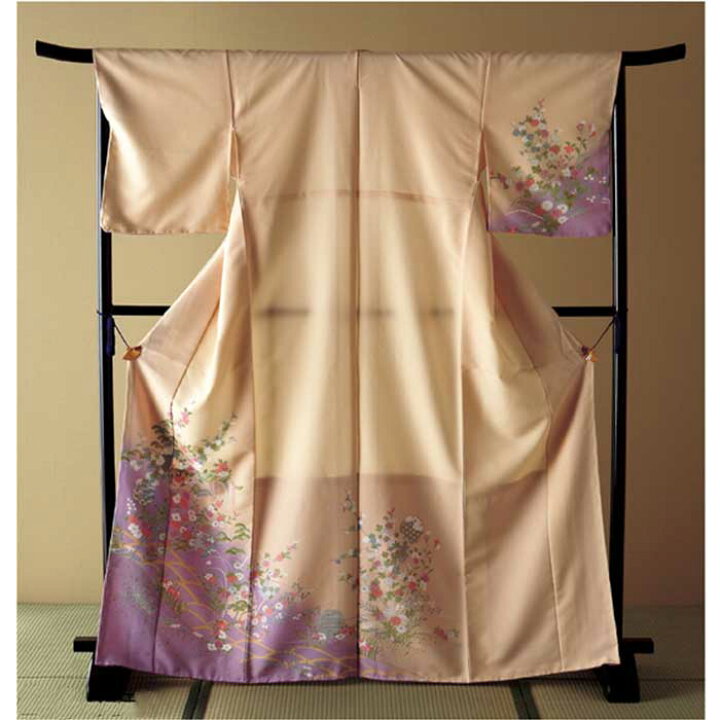 | ◆Kimono “Kimono” is a general term for Japanese clothing such as yukata and furisode, and there are 11 types of it! Different types are used depending on the season and occasion of wear. The price of the kimono is quite high, but you can’t wear it just by wearing it. Use the following items!Click here for details>> |
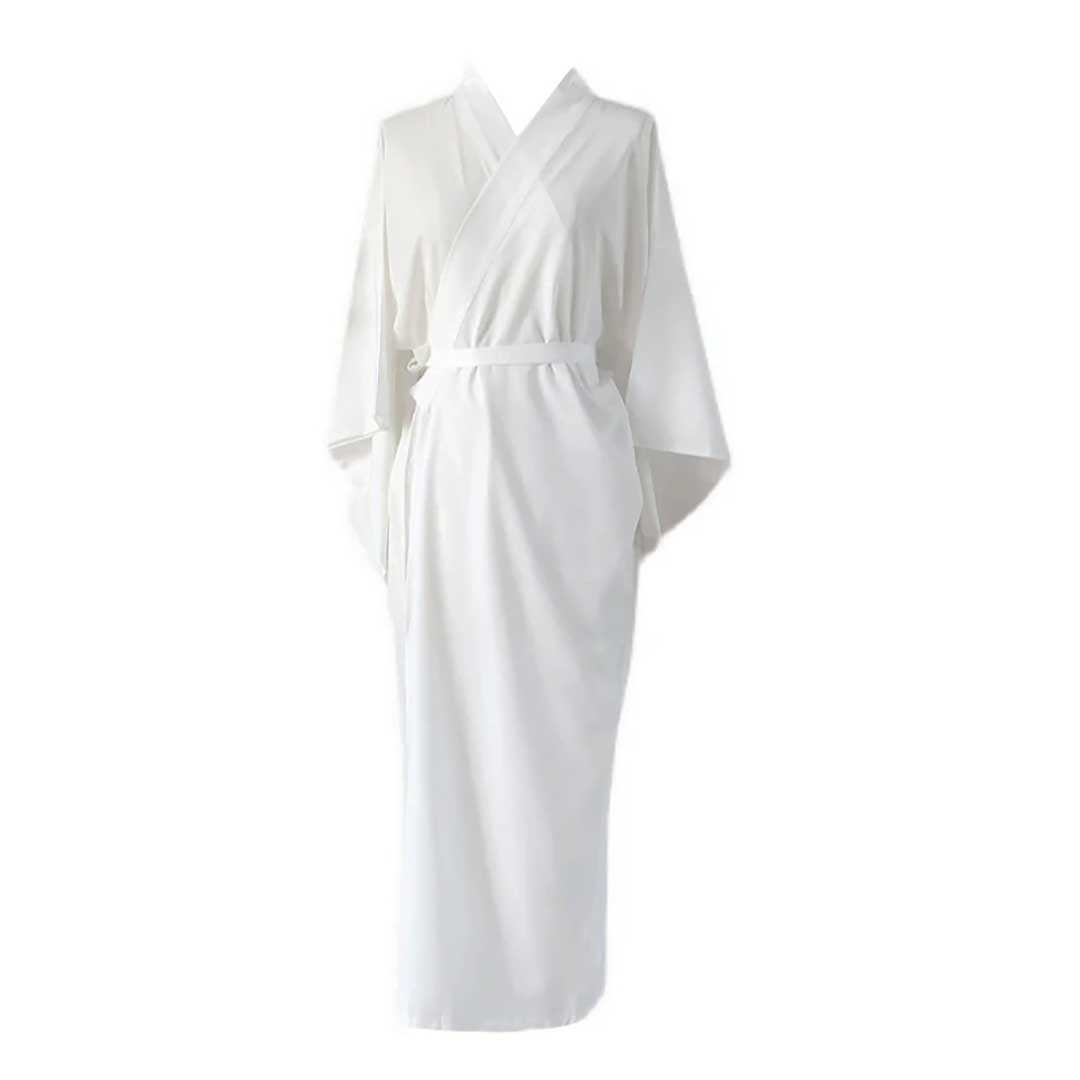 | ◆Nagajuban It is an inner layer worn under a kimono. There are many materials such as silk, cotton, and polyester, and the material determines whether or not it can be washed in a washing machine. It prevents the kimono from coming into contact with the skin, so it plays a role in preventing the kimono from getting dirty. Protect against the cold and prevent excessive exposure. There are other roles. Basically, it is not worn with yukata in summer.Click here for details>> |
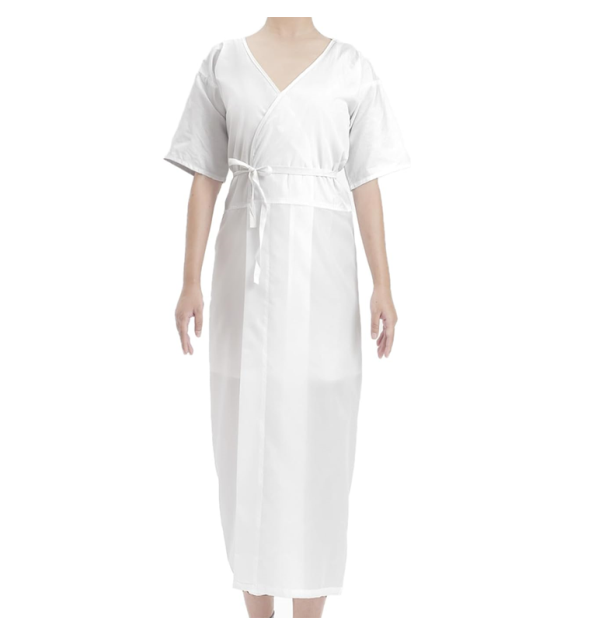 | ◆Hadajuban It is the underwear worn under the Nagajuban. It has the role of preventing Nagajuban from getting dirty, absorbing sweat, and protecting against the cold. In summer, when wearing a yukata, Ngajuban is not worn, but Hadajuban is. Unlike Nagajuban, if you wear a kimono, you won’t be able to see it from the outside, so there is no need for Erishin.Click here for details>> |
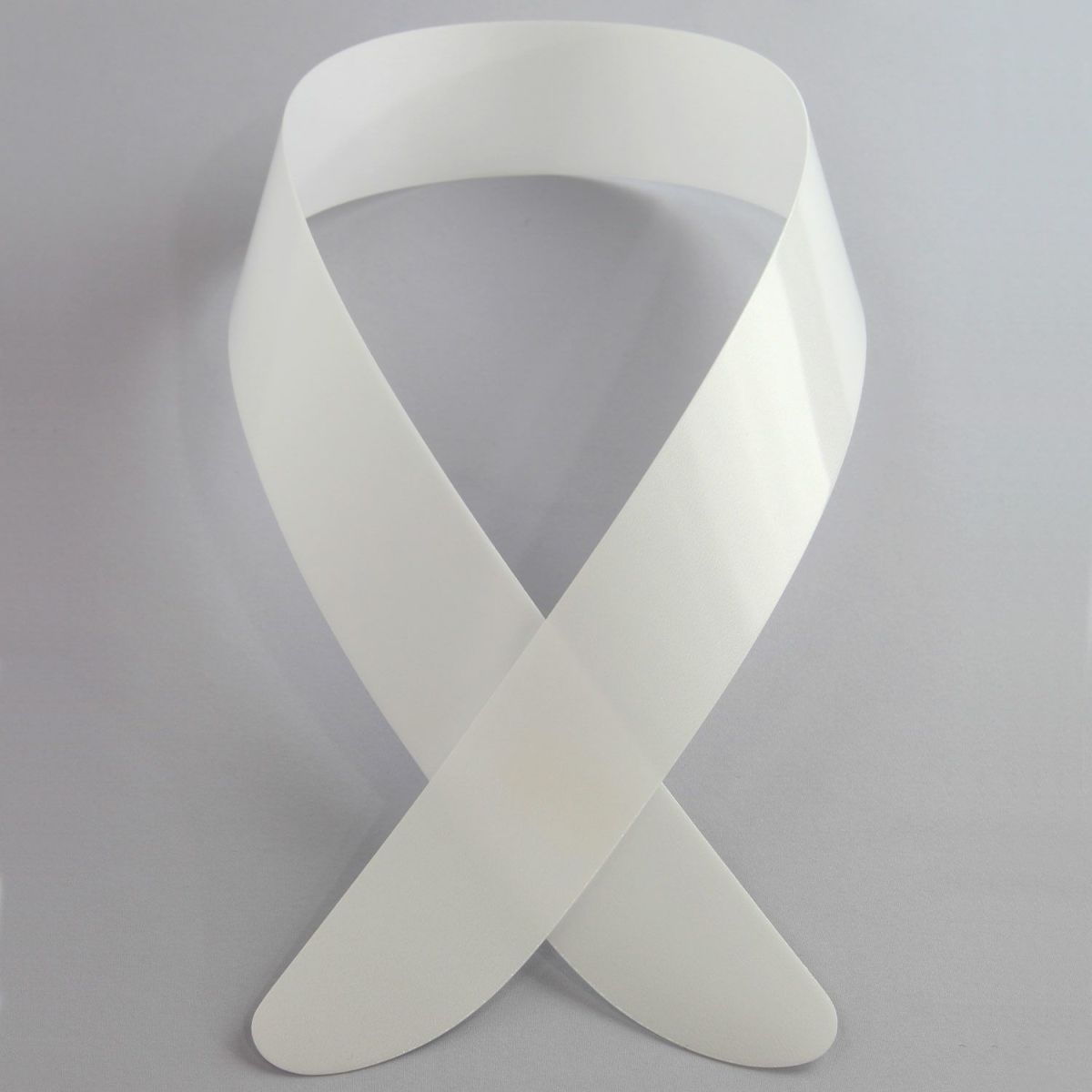 | ◆Erishin It is like a board that can be inserted into the collar of the Nagajuban to make the shape of the collar look more beautiful. There are different types of collars made by Nagajuban, but the type is called “Bachieri”. If it contains “Mikawashin”, erishin is not necessary.Click here for details>> |
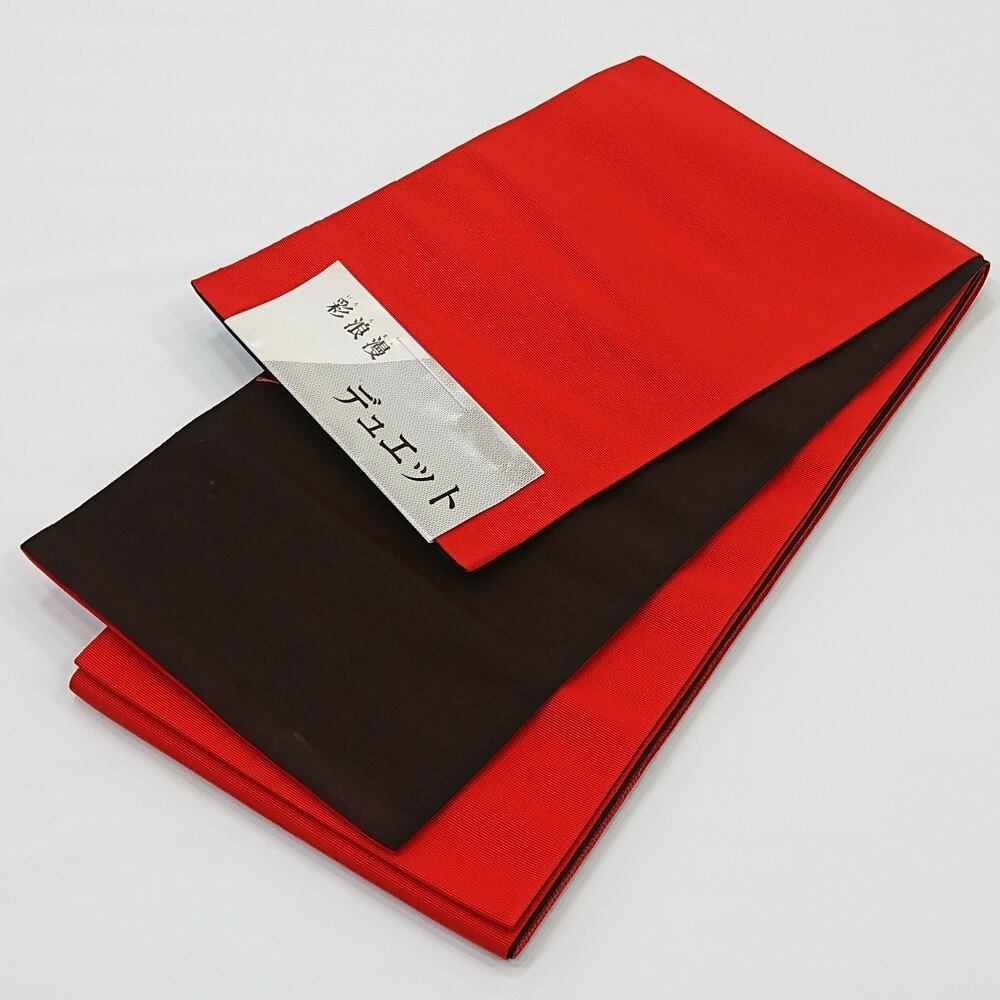 | ◆Obi There are four main types of obi, and just like kimono, they are used depending on the type. There are various colors and patterns, so you can match it with the color of your kimono for a stylish look! The knotting method and difficulty level differ depending on the type, so be sure to check it out★Click here for details>> |
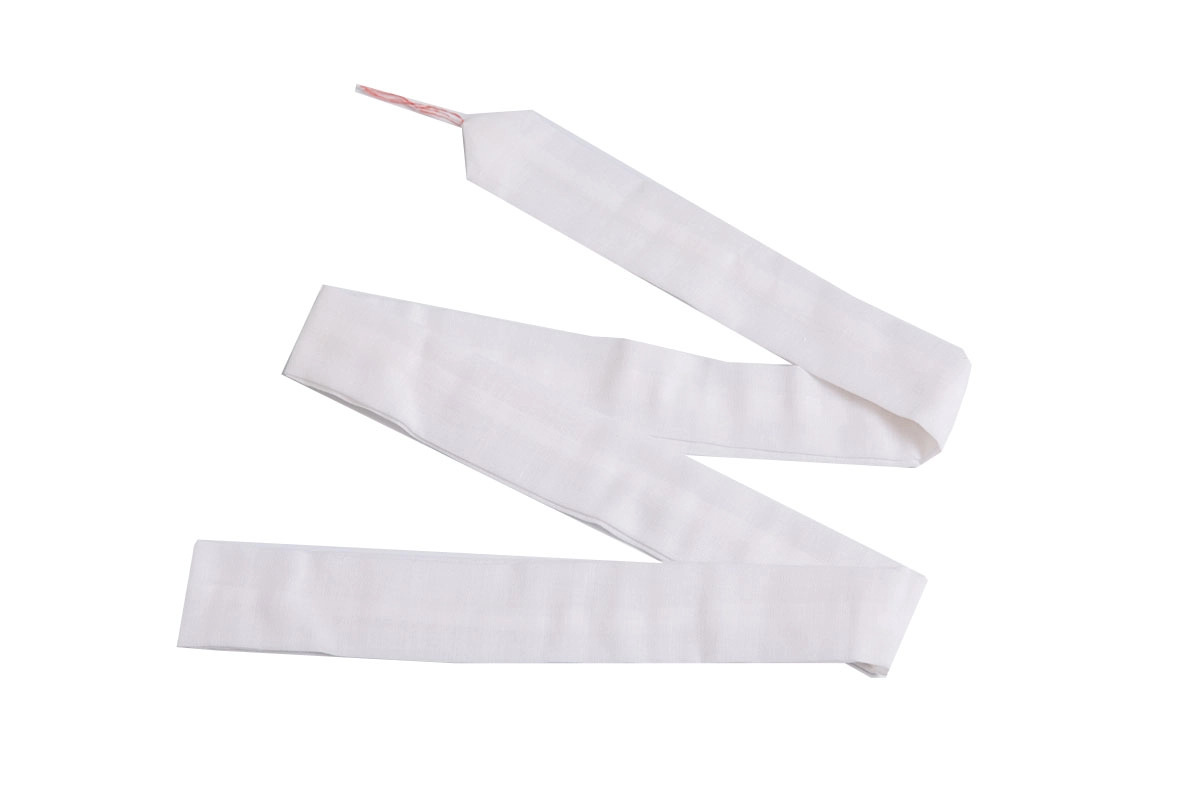 | ◆Koshihimo A waist cord that plays the role of tying a kimono or Nagajuban. For temporary holding while dressing, and to make sleeves look neat and easy to move in. It can also be used as a sash, so it’s convenient to have a lot of them. There are many different materials, prices, lengths, and colors, so we will explain in detail how to choose them and their characteristics!Click here for details>> |
 | ◆Datejime It is one of the items used to tighten the obi of a kimono. Its role is to tighten the obi and create a beautiful silhouette for the entire kimono. This is useful for keeping the obi in place and keeping your kimono looking beautiful for a long time! We also sell Velcro type and clip type Date-Jime, which are easy to put on and take off.Click here for details>> |
 | ◆Obiita To prevent the obi from wrinkling and adjust its shape, This is an auxiliary item used when tightening the obi of a kimono. Insert it inside the obi to prevent it from wrinkling and to adjust its shape. It may not be used depending on how the obi is tied.Click here for details>> |
 | ◆Obimakura This is an auxiliary item to stabilize the obi when tying the kimono obi. The obi pillow is mainly placed inside the obi to secure the obi knot. Useful for tying knots and shaping the obi. The “gauze type” is popular and easy to handle even for beginners! This is also not used depending on how the obi is tied.Click here for details>> |
 | ◆kolin belt This is an item that has a supporting role and is used to make dressing easier. It also helps prevent kimono from falling apart, so it is suitable for everyone from those who often wear kimono to beginners. It is used for a wide range of purposes, so it is a must-have item! It is commonly used for matching collars, There are many other situations where it would be useful, so I would like to introduce them to you★Click here for details>> |
 | ◆Obijime A string that is tied over the obi to secure the obi. There are many types of obijime, including colors, materials, thinness, and shapes. Choose according to the color and design of your obi and kimono!Click here for details>> |
 | ◆Obiage It is useful for enhancing the obi of a kimono and hiding the obi pillow. This is an item that is attached to the top of the obi. The combination of the obiage and the color and pattern of the obi creates a balance to the overall kimono. It is an important item that enhances your beauty. A focal point for your kimono coordination!Click here for details>> |
 | ◆Obidome A decoration attached to the obijime. It’s called an accessory. It was used for purposes such as tightening the obi and making the obi knot less likely to collapse. In recent years, it has been used as a decorative item. There are many obidome designs, from simple to luxurious. There are many variations, so find your favorite obidome!Click here for details>> |
 | ◆Kasaneeri・Tsukeeri This is an item that can be layered or sewn onto the collar of a kimono to make it look more gorgeous. This is also a decorative item, so it is not required for dressing. We recommend adding a stylish neckline, as it will change the look a lot!Click here for details>> |
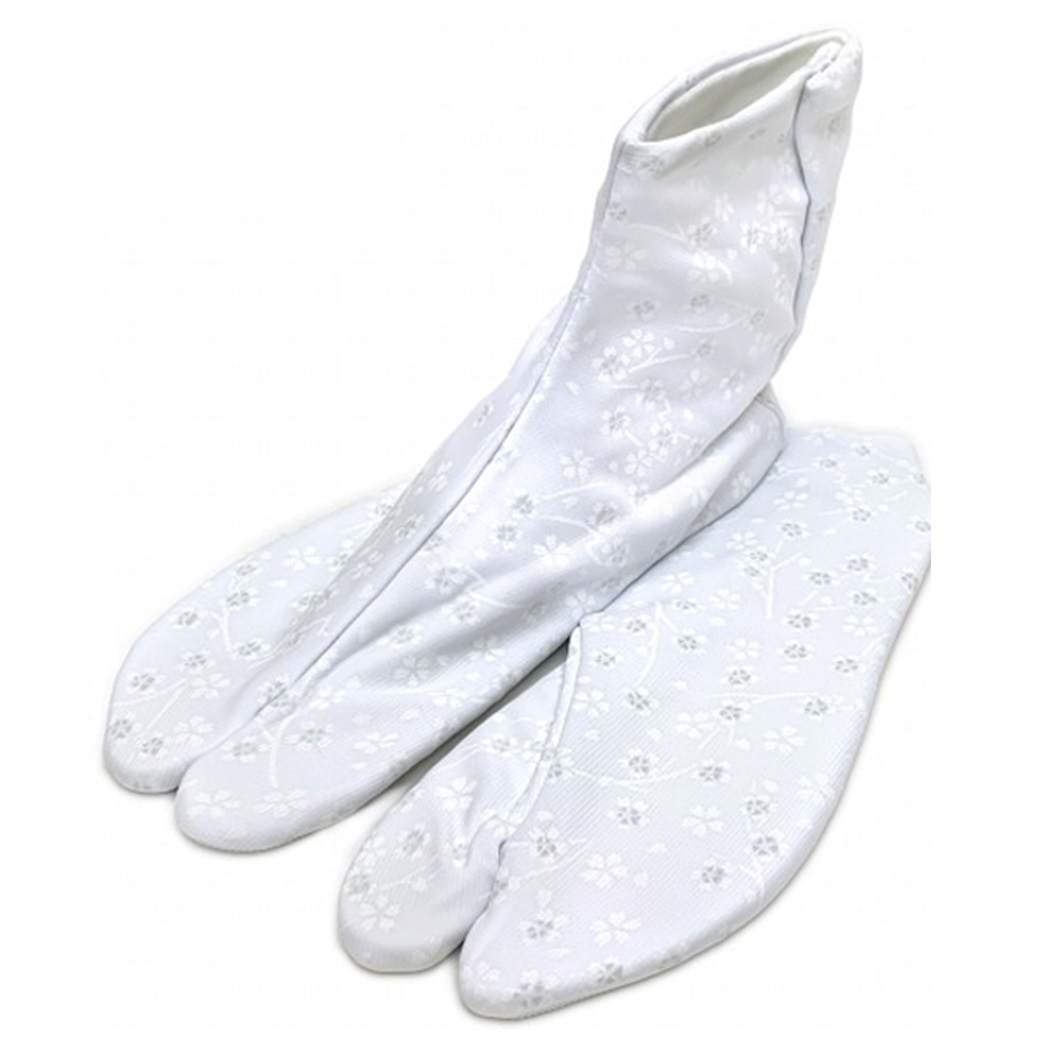 | ◆Tabi They are like Japanese socks and are worn when wearing geta. It is characterized by its fingertips being divided into two parts, and these also come in a variety of colors and materials. Change your style depending on the season and the pattern of your geta!Click here for details>> |
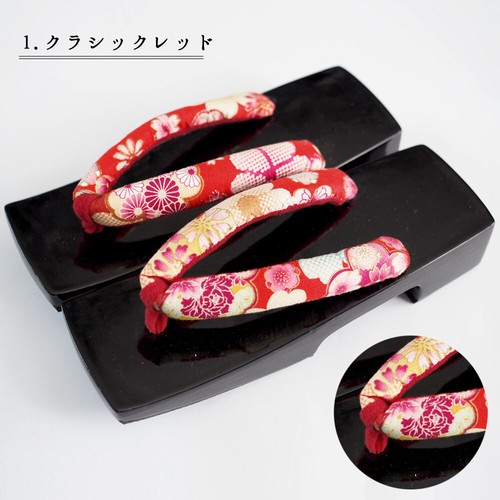 | ◆Geta Footwear that goes well with a kimono. It has a flat bottom and a thong. Recently, it has become fashionable to pair sneakers with kimono. I want to dress completely in Japanese! If so, why not try wearing geta?Click here for details>> |
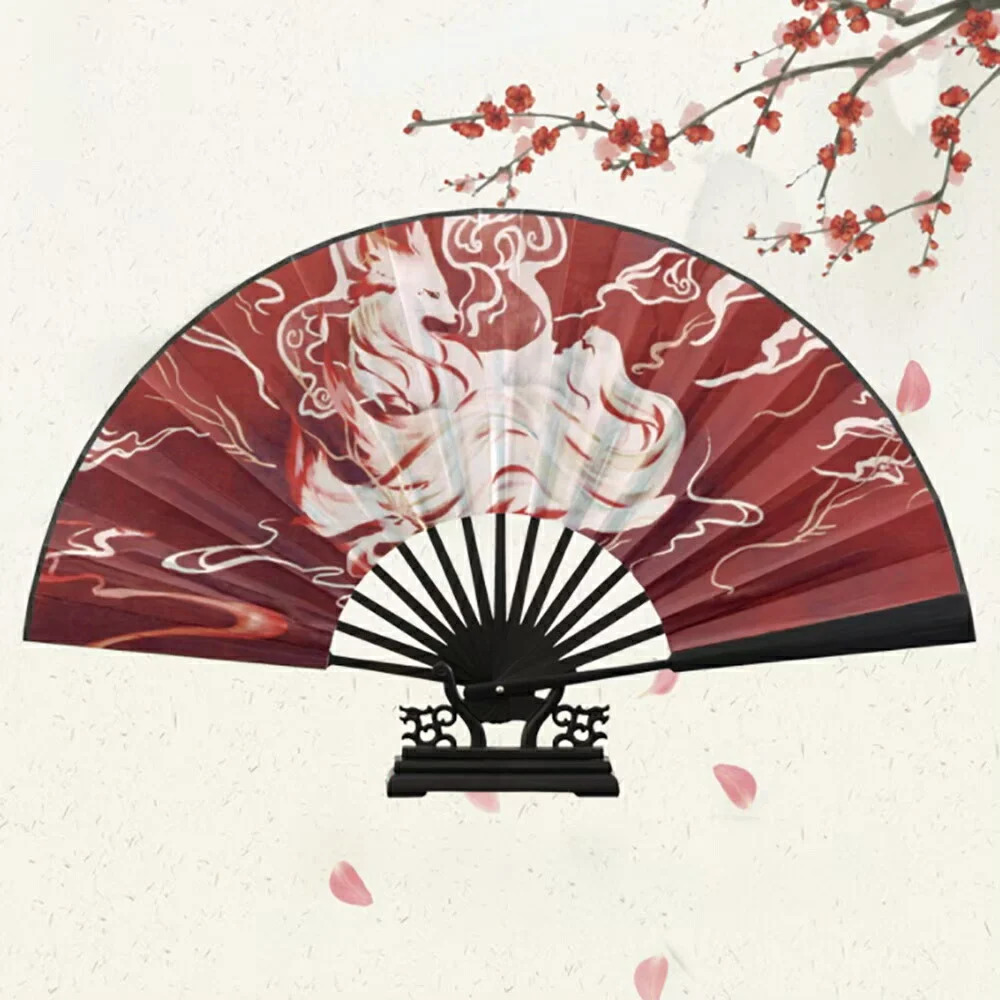 | ◆folding fan(Sensu) Fans are traditional items that are rooted in Japanese culture. It is attracting attention not only in Japan but all over the world as a work of art and souvenir. A folding fan is a convenient item that allows you to feel closer to Japanese culture. In the hot summer, choose your favorite pattern to match with your yukata!Click here for details>> |
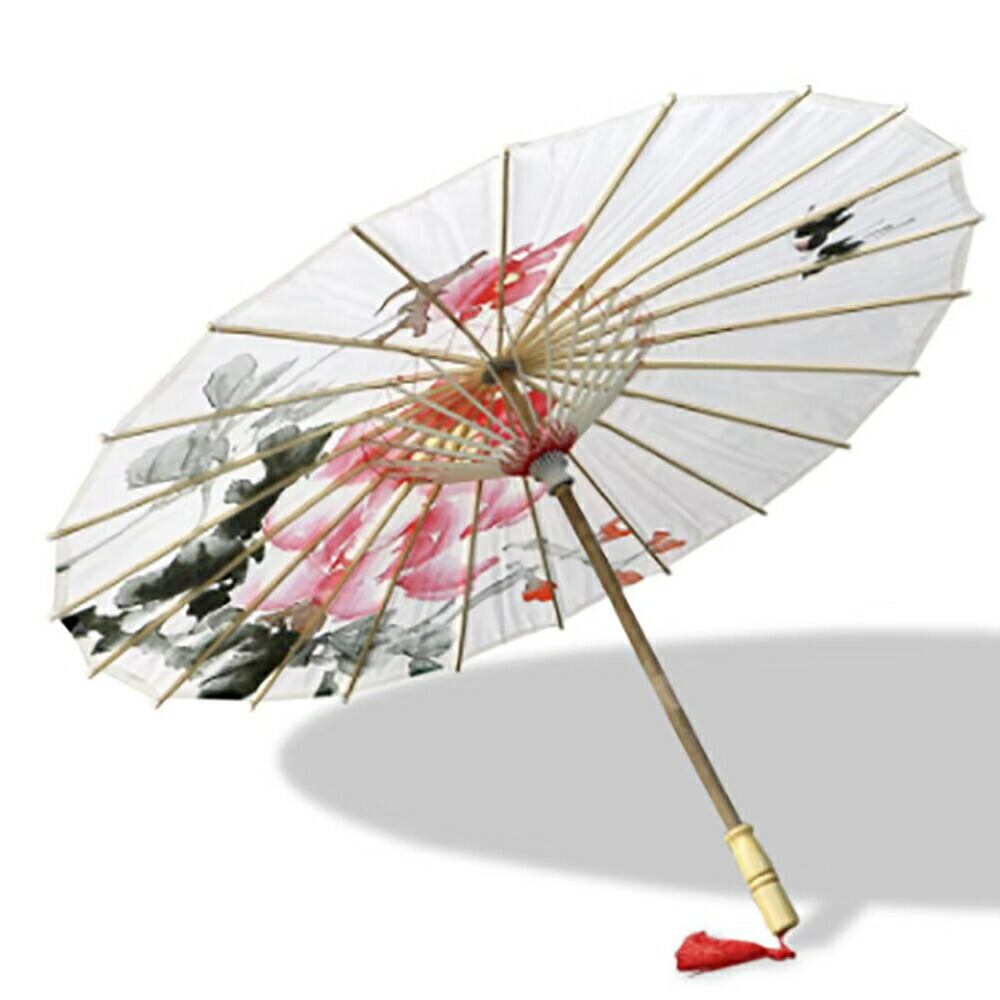 | ◆Wagasa When wearing a kimono, an umbrella is also a “Japanese” style! For those who want to unify their fashion Using a Japanese-style umbrella will make it even more gorgeous. The sound of pattering rain unique to Japanese umbrellas is also pleasant and makes rainy days fun! Click here for details>> |
-
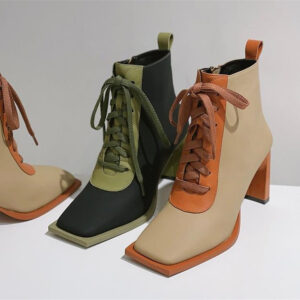 マーチャンダイズ レースアップ スクエアトゥ 太いヒール ショートブーツ 2色¥6,120
マーチャンダイズ レースアップ スクエアトゥ 太いヒール ショートブーツ 2色¥6,120 -
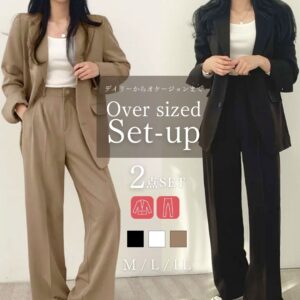 スーツ カジュアル レディース 上下セット オフィススーツ 全3色¥5,999
スーツ カジュアル レディース 上下セット オフィススーツ 全3色¥5,999 -
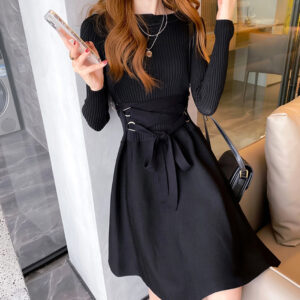 フレアミニワンピース リブニット クルーネック Aライン 黒¥4,990
フレアミニワンピース リブニット クルーネック Aライン 黒¥4,990 -
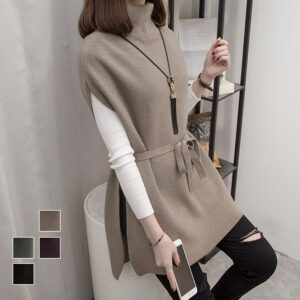 ニットプルオーバー ベスト チュニック ノースリーブ 韓国風 4色¥3,999
ニットプルオーバー ベスト チュニック ノースリーブ 韓国風 4色¥3,999 -
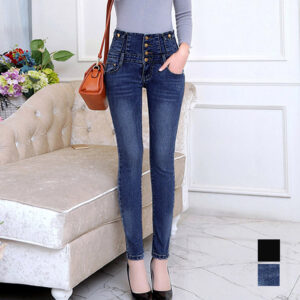 細見えデニムパンツ ハイウエスト デニムスキニー ロングスリムパンツ 2色¥6,207
細見えデニムパンツ ハイウエスト デニムスキニー ロングスリムパンツ 2色¥6,207 -
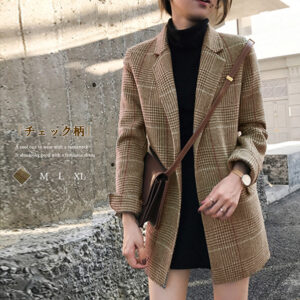 グレンチェックジャケット トップス オフィスカジュアル コート¥6,208
グレンチェックジャケット トップス オフィスカジュアル コート¥6,208 -
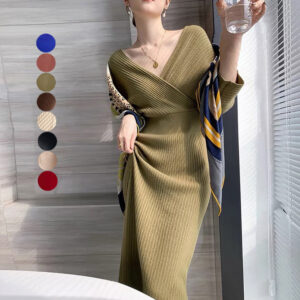 大人可愛いカシュクールニット リブワンピース インナーワンピにも! 8色¥4,872
大人可愛いカシュクールニット リブワンピース インナーワンピにも! 8色¥4,872 -
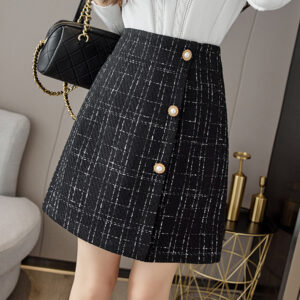 ツイード風 Aラインスカート ショート丈 韓国ミニスカート美脚¥4,255
ツイード風 Aラインスカート ショート丈 韓国ミニスカート美脚¥4,255 -
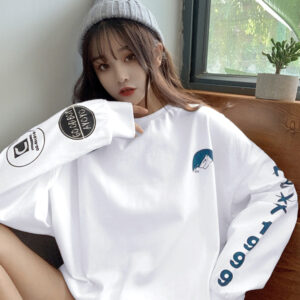 ロゴトレーナー 韓国風Tシャツ 体系カバービッグシルエット ワンサイズ 3色¥2,920
ロゴトレーナー 韓国風Tシャツ 体系カバービッグシルエット ワンサイズ 3色¥2,920

